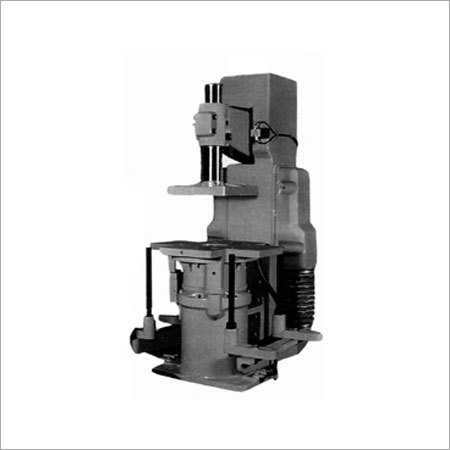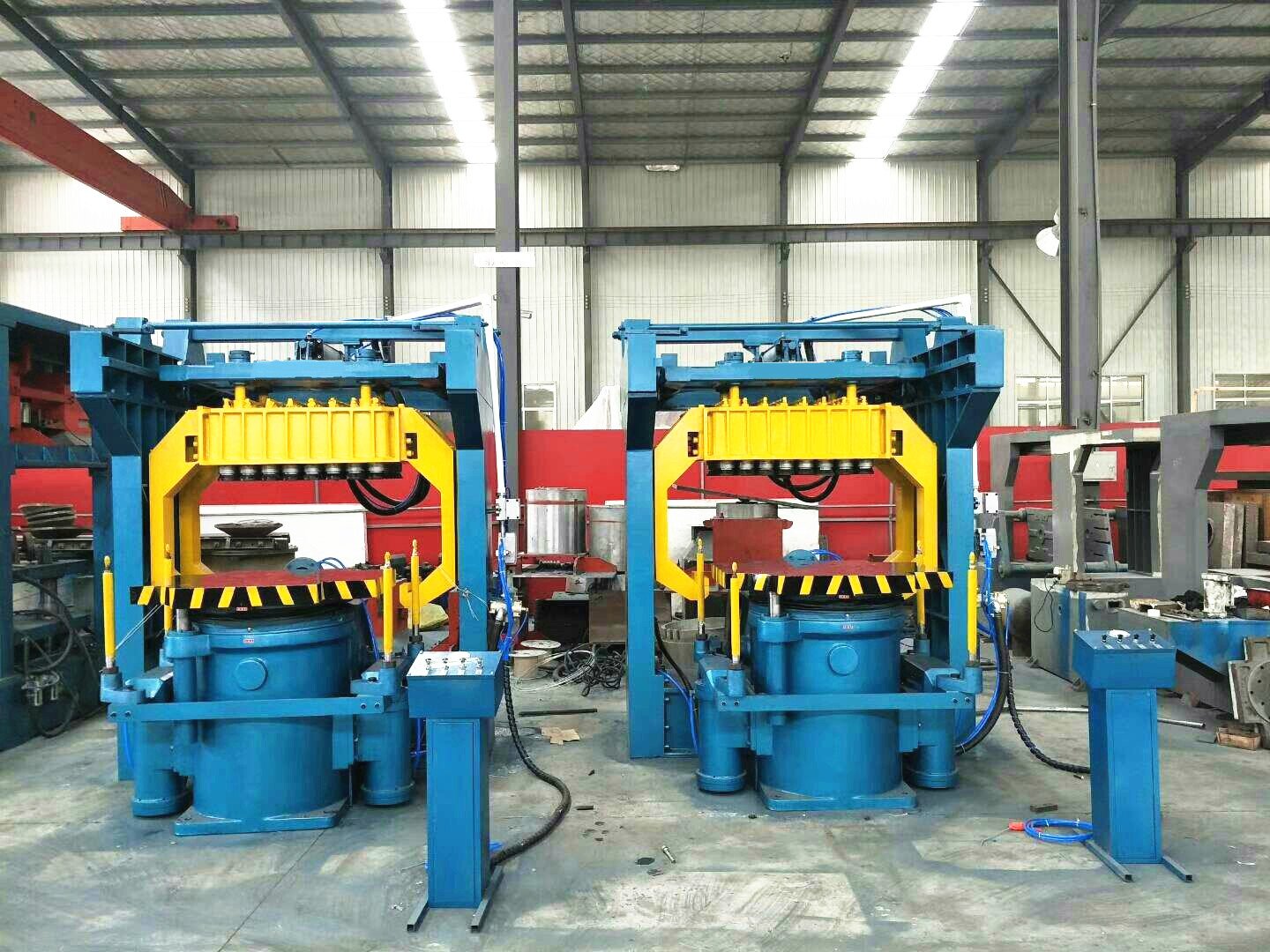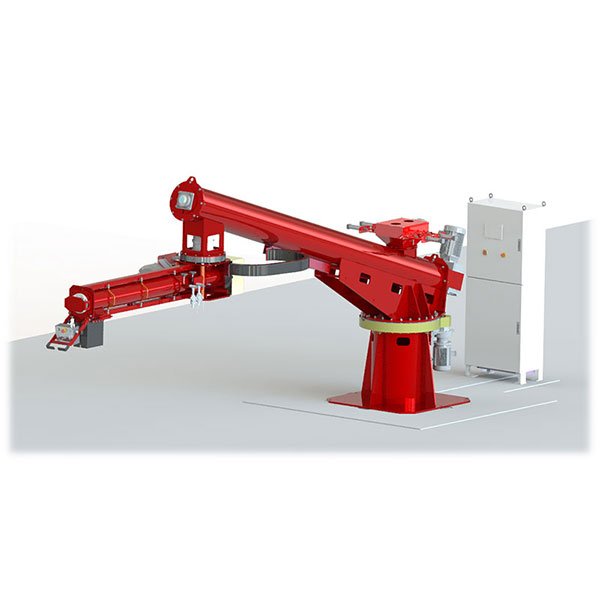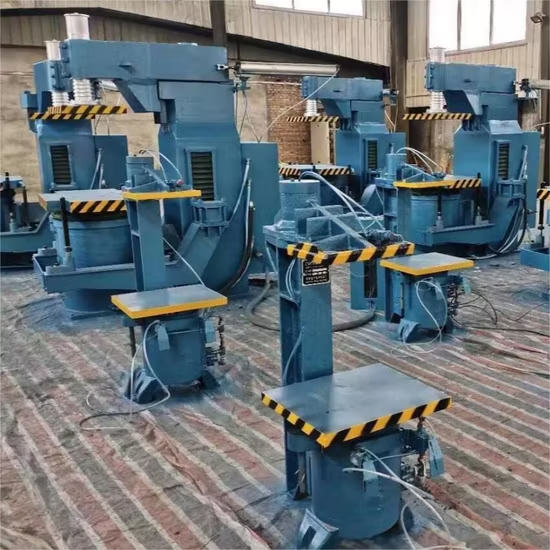
Even with the best jolt squeeze molding machine, your casting results can still fall short—if you use it the wrong way.
Poor setup, bad maintenance, or operator errors can lead to mold failure, machine damage, and costly downtime.
This article outlines the most common mistakes foundries make with jolt squeeze machines—and how you can avoid them.
Choosing the Wrong Jolt Squeeze Molding Machine for Your Foundry
If your machine doesn’t fit your mold size, floor space, or production needs, it will limit your results from day one.
Common mismatches include:
- Buying an underpowered machine for heavy-duty casting
- Choosing a model that doesn’t match your flask dimensions
- Overlooking ceiling height or floor layout constraints
Before purchase, always review:
- Maximum flask size and squeeze force
- Machine footprint and clearance space
- Cycle time requirements based on daily output
| Parameter | What to Evaluate Before Buying |
|---|---|
| Production Volume | Molds per shift/day |
| Mold Size Range | Minimum and maximum flask dimensions |
| Foundry Space | Floor area and ceiling height availability |
| Future Scalability | Upgrade options and automation potential |
Operating the Jolt Squeeze Molding Machine Without Proper Training
Even a well-designed machine will underperform in untrained hands.

Untrained operators may:
- Use incorrect jolt pressure for the mold
- Misalign patterns, causing mismatch or flashing
- Skip warm-up procedures or safety checks
Avoid these problems by:
- Conducting formal training sessions
- Creating a clear standard operating procedure (SOP)
- Assigning experienced staff for machine calibration
| Training Must-Haves | Why It Matters |
|---|---|
| Machine Parameter Familiarity | Prevents poor compaction |
| Safety Protocol Awareness | Reduces injury and equipment risk |
| Pattern Setup Technique | Ensures dimensional consistency |
| Pre/Post Operation Checklist | Maintains machine performance |
Ignoring Maintenance of the Jolt Squeeze Molding Machine
Machines wear out—but ignoring wear accelerates failure.
Without maintenance, expect:
- Clogged air lines and weak jolting force
- Excessive wear on squeeze cylinders and platens
- Inconsistent mold quality from worn-out components
Regular checks should include:
- Lubricating moving parts (weekly)
- Cleaning sand buildup around moving arms (daily)
- Inspecting seals, pistons, and vibration units (monthly)
| Component | Recommended Maintenance Frequency |
|---|---|
| Pneumatic Valves | Every 2 weeks |
| Vibration System | Monthly check and tune-up |
| Sand Contact Areas | Clean daily |
| Hydraulic Cylinders | Quarterly inspection |
Using Incompatible Sand in the Jolt Squeeze Molding Machine
Not all sand is created equal—and the wrong kind can ruin your mold.
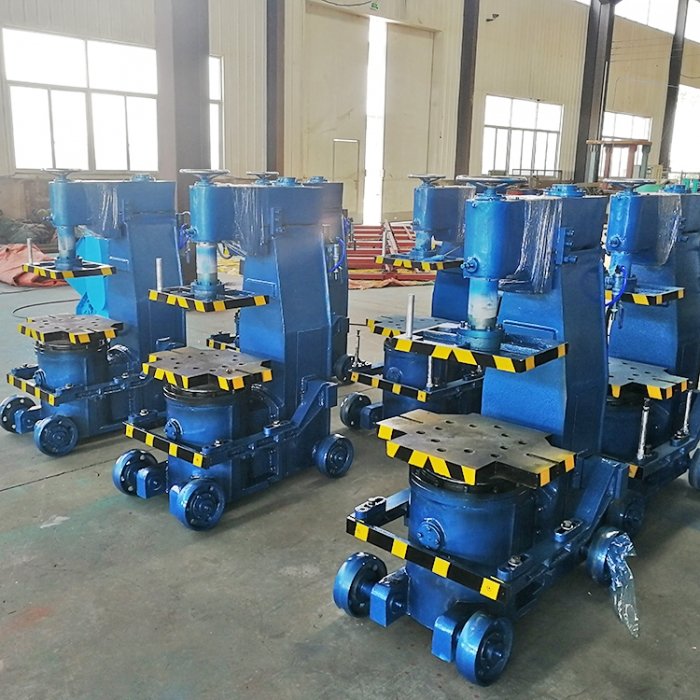
Avoid these common issues:
- Sand with incorrect grain size leads to weak molds
- High moisture content causes compaction failure
- Incompatible additives cause clogging or uneven venting
What to check:
- Grain fineness (AFS range appropriate for casting type)
- Sand moisture (usually 2.5–3.5%)
- Compatibility with machine’s compaction system
| Sand Issue | Impact on Molding |
|---|---|
| Oversized Grain | Poor detail reproduction |
| Too Fine Grain | Low gas permeability |
| Excess Moisture | Steam-related blowholes |
| No Additive or Binder | Weak mold structure |
Overloading the Jolt Squeeze Molding Machine Beyond Its Capacity
Your machine may seem powerful—but every model has its limit.
Consequences of overloading:
- Broken squeeze arms or guide columns
- Excessive machine vibration and reduced lifespan
- Inaccurate mold dimensions due to mechanical deflection
Key capacity points to respect:
- Max mold weight and box size
- Max jolt frequency and duration
- Squeeze pressure rating
Exceeding these leads to unsafe operation and poor casting quality.
| Overload Scenario | Consequence |
|---|---|
| Heavy Mold Box on Small Frame | Structural bending or cracking |
| Long Jolt Cycles | Component overheating |
| Exceeding Squeeze Force Limit | Pattern damage or misalignment |
How to Get the Best Results from Your Jolt Squeeze Molding Machine
Avoiding mistakes isn’t enough—you also need best practices.
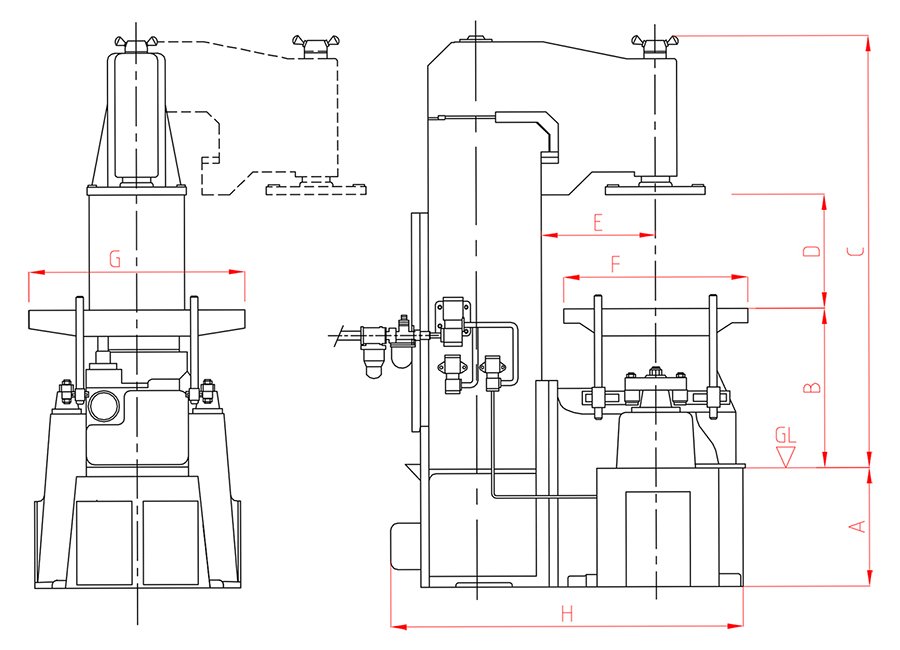
Start here:
- Develop a clear SOP for setup, operation, and shutdown
- Calibrate the machine regularly based on mold type
- Document mold issues to identify process trends
- Schedule preventive maintenance quarterly
- Stay in touch with your supplier for updates and upgrades
If your foundry uses multiple machines, standardizing settings across operators will reduce variability and improve productivity.
| Optimization Task | Frequency |
|---|---|
| Operator Refresher Training | Every 6 months |
| SOP Review & Update | Annually |
| Technical Hotline Access | On demand |
| Parameter Recalibration | When pattern changes |
FAQs About Jolt Squeeze Molding Machine Mistakes
What if the machine’s jolting feels uneven or weak?
Check for blocked air lines, worn pistons, or insufficient air pressure. Inspect the jolt cam or vibration system for damage or misalignment.
Do I need to adjust settings when changing sand types?
Yes. Finer sand may need lower squeeze pressure, while coarse sand requires longer jolt cycles. Always recalibrate after a material switch.
Can mold cracking be caused by machine issues?
Yes. Over-squeezing, misaligned flasks, or vibration miscalibration can stress the mold and cause fractures.
Should machine settings be the same for all patterns?
No. Larger or more complex patterns require tailored settings for jolt intensity, squeeze duration, and sand fill level.
What happens if sand builds up in moving parts?
It can jam the mechanism, reduce stroke length, and cause mechanical failure. Always clean after each shift.


